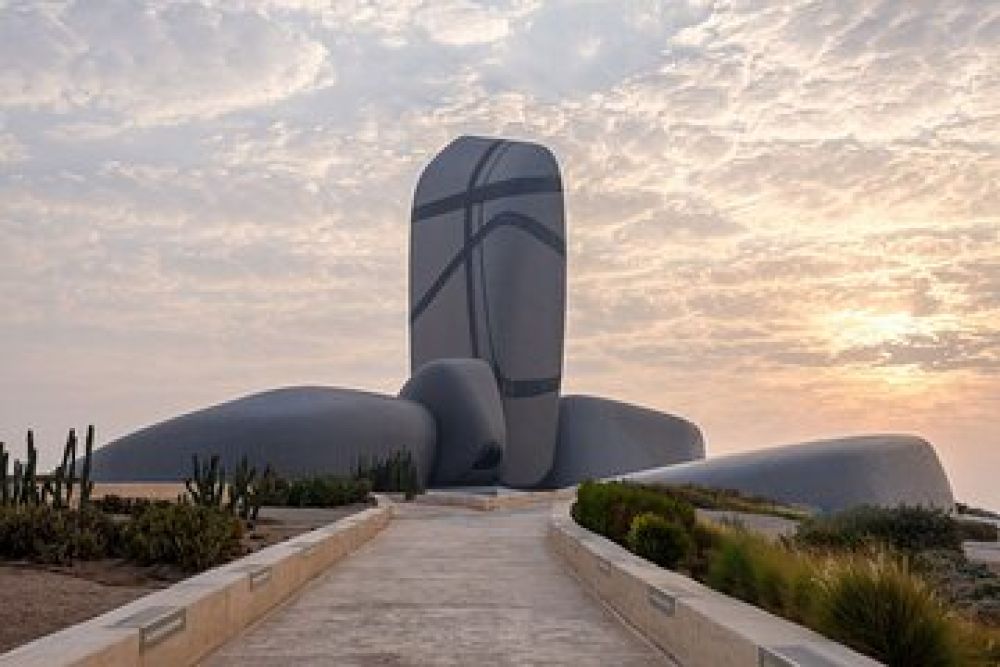

Al Khobar, a city in the Eastern Province of Saudi Arabia, has experienced significant transformation in its tourism sector over the years. Initially a small port on the Persian Gulf, it was primarily known for its fishing and pearling community. However, the discovery of oil in the 20th century propelled Al Khobar into economic prominence.
The development of the oil industry attracted global businesses and expatriates, in turn galvanizing the growth of tourism. The city's coastal location made it popular among locals and visitors seeking leisure and recreation, especially with the scenic Corniche, which is a major attraction.
With the introduction of Saudi Vision 2030, Saudi Arabia has been working on diversifying its economy away from oil dependence, and a significant aspect of this plan pertains to tourism. This initiative has encouraged the development of various tourist attractions, hotels, and entertainment venues in Al Khobar.
The Taybeen Museum stands as a testament to the rich cultural and historical narrative of Saudi Arabia. This private museum, established by a local Saudi collector, showcases a wide range of artifacts that offer an intimate look into the nation's heritage. Guests of the museum can explore vintage collections from everyday life, classic cars, rare antiques, and historical manuscripts.
The museum is not as widely known as some other attractions in Saudi Arabia, making it a hidden gem that appeals to tourists with a keen interest in culture and history.
Al Khobar's tourism is currently defined by a blend of old and new. There is a burgeoning interest in experiential and cultural tourism, which encourages visitors to immerse themselves in local traditions, crafts, and culinary experiences — facets where the Taybeen Museum provides invaluable insight.
Sustainable tourism is also rapidly gaining traction. With increasing awareness of environmental issues, many tourists are seeking out eco-friendly activities and establishments that have a minimal impact on the local ecosystem.
The integration of technology has also introduced a new dimension to tourism in Al Khobar. Innovations such as virtual reality tours, audio guides, and interactive apps are enhancing the visitor experience, making attractions like the Taybeen Museum more accessible and engaging for a wider audience.
Events and festivals have also become a crucial part of tourism in Al Khobar, with the city hosting various cultural activities that showcase Saudi culture and attract international visitors.
In conclusion, as Al Khobar continues to grow and develop its tourism infrastructure, the Taybeen Museum stands as a symbol of the city's dedication to preserving its cultural identity while embracing the future of travel. Visitors to Al Khobar can look forward to a journey that is enriched with history, culture, and modernity.